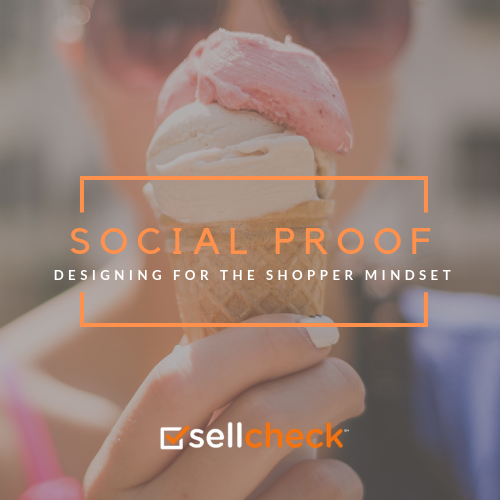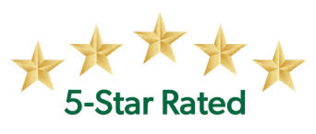
It's no secret it gets cold in Minneapolis. But, what does standing in line for ice cream have to do with better communication? Lots, it turns out.
The average temperature in winter is only 15.3 degrees Fahrenheit.
Surprisingly this does not stop residents of the Twin Cities from eating more than their fair share of ice cream. Come Summer the creamy, velvety, refreshing taste of ice cream inevitably hits the spot. Perhaps there's something about its absence during winter that makes ice cream taste sweeter in the summer.
A Yelp search for "Ice Cream Shops" returns 1,296 locations. With so many choices, how do you decide? Besides visiting them all, you can look at online reviews. After all, your friends and neighbors can't be wrong. Another time-tested trick is to drive by a few local creameries and see the length of the line.
This is how we ended up at Sebastian Joe's Ice Cream a few weeks ago. Driving after dinner, we were attracted by the size of the line that snaked through the store and came out the door.

After waiting, we were rewarded with two scoops of Raspberry Chip Ice Cream, which was bursting with fresh fruit flavor and overflowing with crisp bits of chocolate.
What on earth does eating ice cream in Minneapolis have to do with making effective marketing communication?
How Our Brains Work
Behavioral Science tells us that people are attracted to – and take into account – direction and feedback from external sources.
Recent research suggests that "the brain is a large predictive machine, constantly comparing incoming sensory information and current experiences against stored knowledge and memories of previous experiences."
We are wired in a way that once we see a long line at an ice cream shop, it makes us think the place MUST have excellent ice cream.
We crave "social proof" to make decisions and help us feel better about purchases. This is why ratings and reviews are so crucial to e-commerce sales.
Do you want to see how applying behavioral science can help your business? Click below to schedule a time to speak with us.
What to Do About It: Frame Claims to Close the Sale
When creating shopper-centric messaging, all of your work can be for naught unless you take the proper steps to Close the Sale. You help close the sale by understanding – and overcoming – the specific doubt in the shopper's mind.
Claims about performance and content to reduce the risk of purchase are very effective. Highlighting ratings and reviews or expert opinions are especially motivating to this group to reduce the perceived risk of purchase and help brands gain credibility.
Great examples of this behavioral science principle include leveraging "social proof" to drive closure via claims of top-selling, best rated, most popular, and such. Comment below to let us know how you're using "social proof" to better Close the Sale.


= = = = = = = = = =
Learn More
A better understanding of "shopper science" - and adopting fundamental principles - can help marketers better drive sales and improve ROI.
SellCheck seeks to help marketers do their best by providing clarity and confidence through the discipline of creative effectiveness. Our "Designing for the Shopper Mindset" Series was created to help you improve your business by highlighting key design principles and what to do about it to be more effective.
SellCheck is a marketing research platform designed to streamline the creative process, produce better marketing, and boost sales. Whether creating digital ads, in-store signage, or packaging, science-based design principles can improve your creative effectiveness. Why is this important? Ads optimized for selling outperform those that are not by 30% or more.
Please contact Chris Bedford (Chris@sellcheck.com) for more on how we blend shopper expertise and behavioral science to help you better “Design for the Shopper Mindset”.




